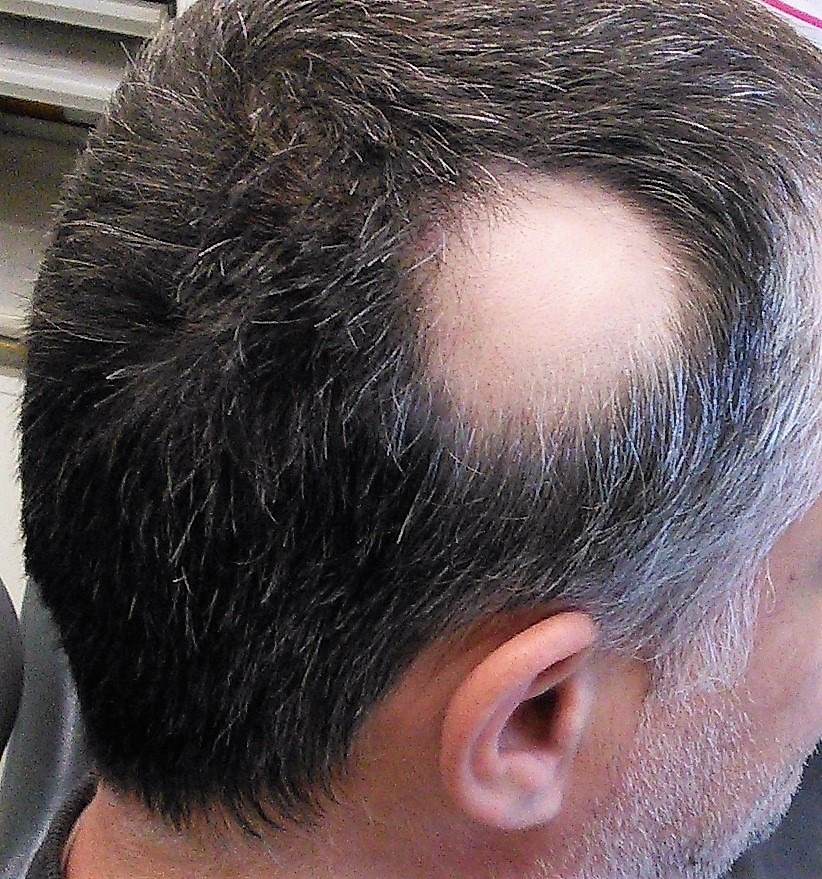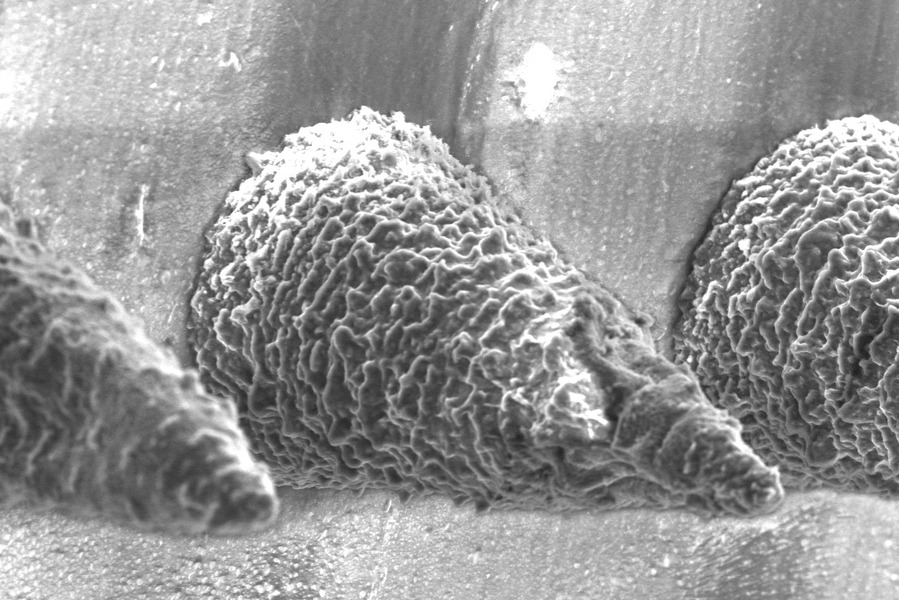By: Anderson Center for Hair
Share

Recent research from a collaborative team of scientists at MIT and Harvard has uncovered a promising new method that could revolutionize the treatment of alopecia areata and other similar conditions. This innovative research, published in Advanced Materials, demonstrates the potential of microneedle patches to restore hair growth by delivering immune-modulating substances directly to the skin.
Understanding Alopecia Areata
Alopecia areata is an autoimmune disease where the body’s immune system targets hair follicles, leading to hair loss. It can affect people of all ages, genders, and ethnicities, and it often results in patchy bald spots on the scalp and other parts of the body. Traditional treatments for alopecia areata, such as corticosteroids and immunosuppressants, can be effective but often come with significant side effects, including an increased risk of infections and other health issues.

The Role of Regulatory T Cells
Tregs are a type of immune cell that helps regulate and maintain balance in the immune system. They prevent the immune system from attacking the body’s own tissues. In people with alopecia areata, there is a deficiency of regulatory T cells – also called Tregs – in the affected skin areas, which contributes to the disease.
A New Approach: Microneedle Patches
Researchers have developed an innovative solution involving microneedle patches to deliver immune-modulating substances directly to the skin. These tiny needles are made from a special gel that dissolves once inserted into the skin, releasing two critical substances:
- CCL22: A chemical that attracts Tregs to the area.
- IL-2: A protein that supports the survival and multiplication of Tregs.
How Microneedle Patches Work
The microneedle patches are designed to be applied to the skin over the affected areas. The microneedles penetrate the skin and deliver CCL22 and IL-2 directly to the hair follicles, promoting the local expansion of Tregs. This targeted approach helps restore the immune balance in the skin without suppressing the entire immune system.

Promising Results
The researchers tested microneedle patches on mice with alopecia areata and found significant improvements.
- Increased Treg Numbers: The microneedle patches effectively increased the number of Tregs in the skin.
- Reduced Immune Attack: The enhanced presence of Tregs helped reduce the immune system’s attack on hair follicles.
- Hair Regrowth: Mice treated with microneedle patches showed notable hair regrowth compared to those treated with traditional methods or left untreated.
To further validate their findings, the researchers tested microneedle patches on a model using human skin grafted onto mice. The results were equally promising, suggesting that this method could be effective in humans as well.
Advantages of Microneedle Patches for Treating Alopecia Areata
- Targeted Treatment: By focusing the treatment directly on the affected areas, the patches minimize the risk of systemic side effects.
- Potential for Other Conditions: This method could be adapted to treat other skin-related autoimmune diseases.
- Non-Invasive: The patches offer a less invasive alternative to traditional treatments, which often involve injections or oral medications.
Looking Ahead
While more research and clinical trials are needed to confirm the effectiveness and safety of microneedle patches in humans, this innovative approach offers a beacon of hope for those suffering from alopecia areata and similar conditions. By harnessing the power of Tregs, these patches could provide a targeted, effective, and safer treatment option, paving the way for a new era in managing autoimmune diseases affecting the skin.




